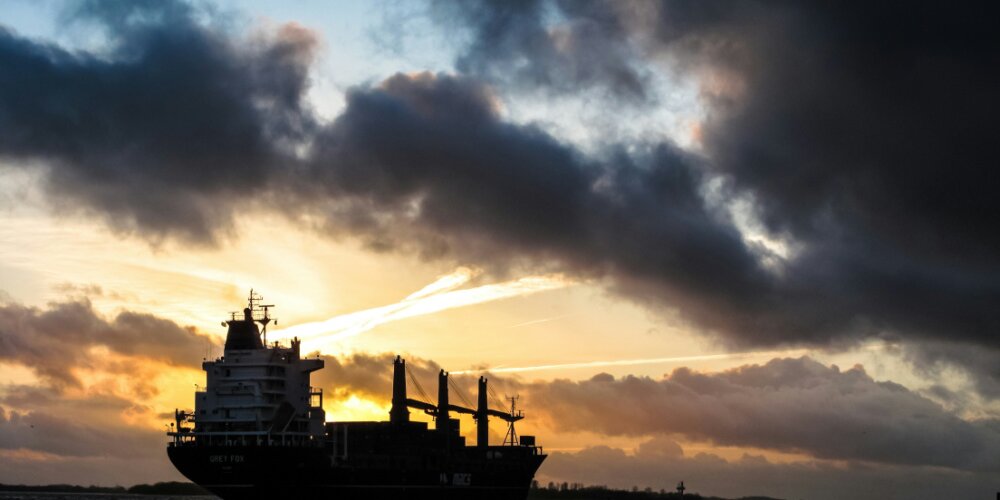Browse our services
Explore how Brookes Bell can help you
Find an expert
Meet our team, find and expert and connect
Contact us
Get in touch, we're here to help

The need for vessel fuel conversions and limited shipyard capacity could be on a collision course according to a new report issued by classification society ABS.
The sixth in an annual series, ABS’ 2024 outlook: Beyond the Horizon, Carbon Neutral Fuel Pathways and Transformational Technologies predicts that the fuel mix forecast for this year - and through to 2050 will see at least one third of tonnage needing to use alternative fuels.
Yet, with a third of global tonnage potentially needing to be converted to alternative fuels, shipyards are only expected to see a modest five percent increase in capacity until 2030.
As Christopher J. Wiernicki, ABS Chairman and CEO highlights, shipyard capacity will thus need to be significantly enhanced:
“The 2024 outlook delivers unprecedented visibility into the ‘ecosystem’ of shipping underscoring the collaborative efforts required to retrofit existing fleets and to enhance the capacity of shipyards for new, greener vessels to deliver the scale and pace of change that we will need.
As we look to the future, achieving the industry’s commitment to a sustainable transformation will require continued diligence, innovation and global cooperation to effectively overcome the technical and economic challenges highlighted in this report”.
The ABS report does, however, see a scenario whereby demand will result in the emergence of new builders from India, the Middle East, the Philippines, and Vietnam. It is also noted that current repair yard capacity is expected to be sufficient to meet demand through 2027 - providing a degree of breathing room for the industry.
Although the predicted lack of shipyard capacity strikes a gloomy note, the report does highlight several positive developments. These include the rising uptake of new alternative fuels. The utilisation of methanol is expected to gradually rise to 42 percent by 2050. Utilisation of ammonia is anticipated to increase by 33 percent by 2050.
The predicted uptake of alternative fuels is largely mirrored by the current newbuild order book. About 50 percent of the current orderbook (in gross tonnage) features dual-fuel engines. Further, the order book reflects a more diverse mix of fuels, including LNG, methanol, and ammonia.
The report also notes that the market share of traditional fossil fuels is set to drop to 15 percent by 2050.
Technical challenges - especially machinery failures - can lead to significant direct and indirect costs and liabilities.
Which is why it always pays to have a machinery failure forensically investigated. Brookes Bell’s marine engineers have experience investigating and determining the root causes of a variety of machinery failures. Examples include failures of; propulsion engines, slow, medium and high-speed diesel engines, steam turbines, and failures of control and instrumentation.
For more maritime industry insights, news and information, read the Brookes Bell News and Knowledge Hub…
World’s First Ammonia-Powered Boxship to Be Built by CMB.TECH and Yara | Researchers Warn of Potential Environmental Harms of Ammonia | First Ship-to-Ship Methanol Bunkering for a Large Containership Completed